One of my favorite topics at The Tomorrow Society is the original EPCOT Center, which has changed a lot over the years. Sadly, its effective mix of education and entertainment has shifted more towards the latter and branding. We could look at the changes at Epcot as a sign that people don’t care for that type of entertainment today. However, I don’t believe that’s true. A perfect example is the success of regional science museums, zoos, and other cultural institutions. They provide important resources to help us engage more with the world beyond our backyards.
The Apollo 11 Moon landing occurred nearly 49 years ago, and it probably seems even further away to kids today. I was born in 1976 at the dawn of the space shuttle era, and possibilities for exploration felt endless. The program has ended, and future space travel may come from the private sector. What can the success of Apollo 11 teach us today? Quite a lot, actually. A perfect start for young space enthusiasts is Destination Moon: The Apollo 11 Mission. This traveling Smithsonian exhibition is now open at the St. Louis Science Center, and it is incredible.
Destination Moon offers a perfect example of how to engage modern audiences with history and science. The interactive exhibits include video, audio, and detailed information about the time humans first walked on the Moon. The marquee attraction is the actual Command Module from the Apollo 11 mission, but that’s just a small part of its value. The massive display includes a lot more physical pieces that played a role in Apollo 11. You could easily spend hours there and not see it all. I live in St. Louis and was able to visit Destination Moon last week. This article summarizes the experience and what you’d find in this exhibition, but I can’t do it justice.
A Typical Living Room
The opening space resembles a living room prepared to watch the Moon landing on July 20, 1969. A bright green sofa feels appropriate, and the wood paneling is a nice touch. A triangular-shaped TV plays coverage of the big day in this comfortable space. What makes this space click are the small touches, including sci-fi books and records from the era. There is even some fancy green jello prepared for the occasion along with a chocolate Bundt cake.
This room is a cool way to introduce us to the abundance of information to follow. Thankfully, we’re able to meander into the space and not immediately dive into the heart of it. The build-up through each room of Destination Moon is quite effective. There are also fewer visitors hanging out in the living room, so you’re not immediately facing crowds to see big-ticket items.
Another nice touch is having specific connections to St. Louis in the early stages of Destination Moon. There’s a small model of the Gateway Arch on the bookshelf in the living room. The next room includes a large screen showing a vintage clip of the McDonnell Aircraft Corporation’s work on the space program. St. Louis has important history with the early days of Mercury and Gemini. Following the film room (which includes several rows of seating), there is much more information on McDonnell’s role in the space race. In particular, videos of interviews with engineers that worked at McDonnell brings a personal touch.
So Much History
After strolling through a doorway resembling a large rocket, we enter Destination Moon’s main room. I love small touches like the rocket, which includes a bridge that makes you feel like astronauts heading into a large structure. I expected to reach the finale here, but we’re still a long way from the Command Module. First, there is a large collection of material that goes well beyond just describing this mission. I could spend hours exploring all the different options here.
The mix of text, images, and video clips keeps this section from becoming too dry. For example, the area on selling the Moon in the 1950s includes a video screen with vintage films, plus some printed material. The text is never overwhelming yet remains interesting enough to be worth your time. There are full-color photos, large pull quotes from John F. Kennedy and others, and the front page of newspapers from the era like the New York Times. The area feels quite spacious, and that is not easy to do.
We also learn about the lesser-known figures that were so important to the space race. A perfect example is James E Webb, who did the legwork on Capitol Hill as the NASA administrator from 1961 to 1968. While familiar to avid fans like me, he is not a household name. The artifacts from the Apollo 11 spacecraft are also spread out across the exhibit. This choice helps to space out crowds and avoid uncomfortable spots. For instance, the Apollo 11 hatch rests far away from the Command Module and other key pieces.
Our Feature Presentation
Destination Moon will draw guests that want to see the Command Module, and that totally makes sense. What surprises me is how I almost forgot it was in there because of all the other highlights. By the time we reach the Command Module near the back of a giant room, we’ve learned so much about Apollo 11 and the space program in general. That said, it is still amazing to have such a close perspective of the capsule. There is so much to observe on this famous vehicle.
I love all the explanations of the small details of each section. For example, the Command Module includes signs that describe each part of it clearly. They reveal the brilliant construction of a complicated machine; there is no wasted space. Separate areas reveal the heat shield and other key components, and it’s stunning to see how they tiny they are. The fact that three astronauts and equipment could fit in this module is amazing.
Video screens nearby show the incredible achievement of the Apollo 11 mission. I love the way one of them incorporates a film of Neal Armstrong’s first steps inside an enlarged newspaper front page. Situated alongside the Command Module, it provides a real-life connection to the ship that orbited the Moon. We also can see Buzz Aldrin’s extravehicular visor and gloves, which still look remarkable almost 50 years later.
The Legacy of Apollo 11
When Armstrong took our first steps on the Moon and said his iconic words, it revealed amazing possibilities to expand our world. The collective dedication involved in making Apollo 11 succeed astounds me. NASA’s achievements remain amazing even five decades later. Twelve astronauts walked on the Moon, and then we just stopped going. Vietnam, a diminishing public interest, and projects like Skylab and the Space Shuttle took precedence. Politicians still make bold pronouncements about returning to the Moon and beyond today, yet nothing usually happens.
My blog and podcast here at The Tomorrow Society mostly focus on theme parks, but my inspiration from those places connects to my excitement about Apollo and space travel. Private companies like SpaceX may lead us to the new frontier, and I hope it happens. Even so, I’m unsure we will ever have the same drive to get there as we saw in the 1960s. Having a clear opponent in Russia drove huge spending and participation we have rarely seen on this scale.
Exhibitions like Destination Moon are crucial to reminding us what is possible. To a kid today, hearing about the Moon landing is like me hearing about the Great Depression or World War II in the ‘80s. They see movies where space travel is easy and fail to realize how hard it was. The final room of this exhibition contains interactive games and places where kids can connect with Apollo 11 on their level. It’s a smart way to keep this presentation from becoming too dry.
Just the Beginning
Destination Moon is touring four cities around the country through 2019, and this is just the beginning. A larger permanent gallery will open at the Smithsonian’s National Air and Space Museum in 2020 following this traveling exhibition. Perhaps seeing this type of presentation will inspire young people to pursue careers as scientists, engineers, and mathematicians. They will shape the future and determine if we venture to the Moon, Mars, and even further into the unknown.
More Details
Interested in the space program and this amazing exhibition? Here are some additional photos from Destination Moon that reveal even more impressive sights.
Learn more about Destination Moon via the St. Louis Science Center or The Smithsonian.
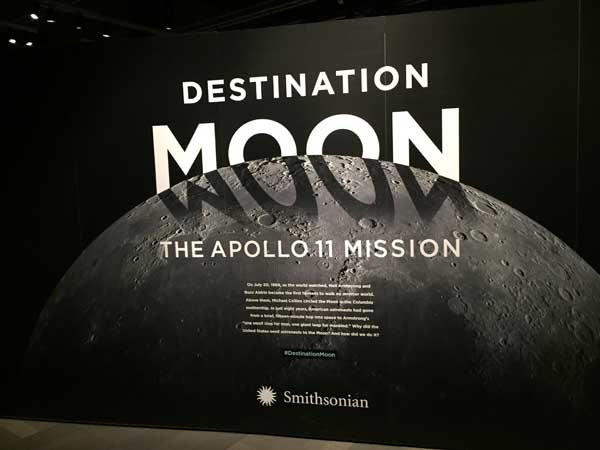
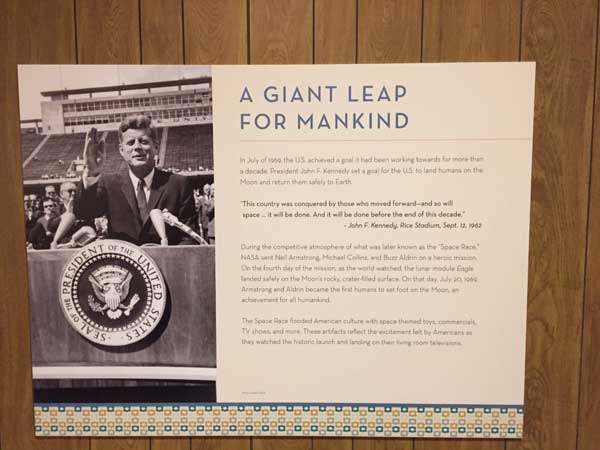
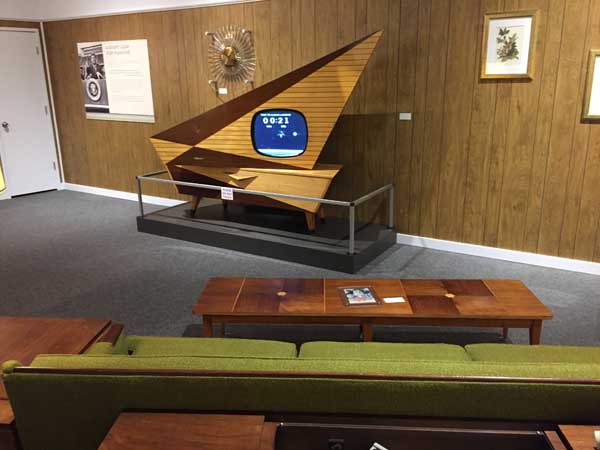
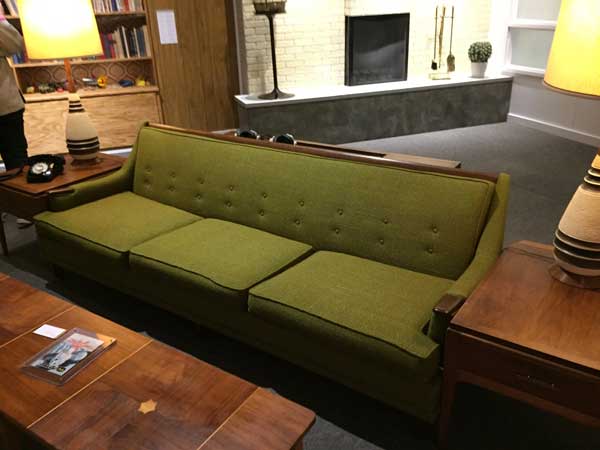
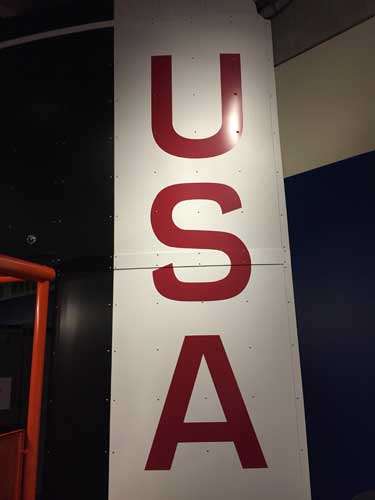
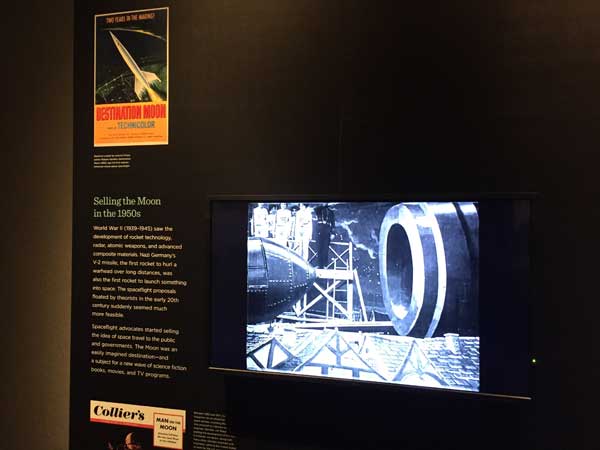
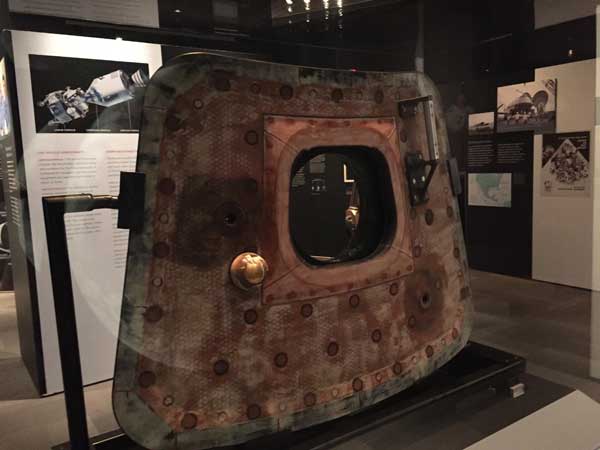
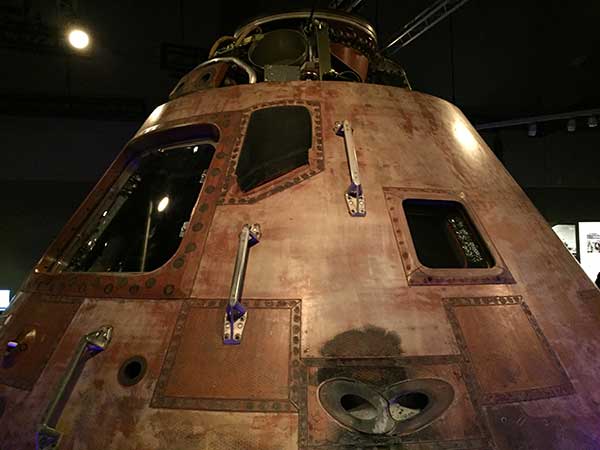
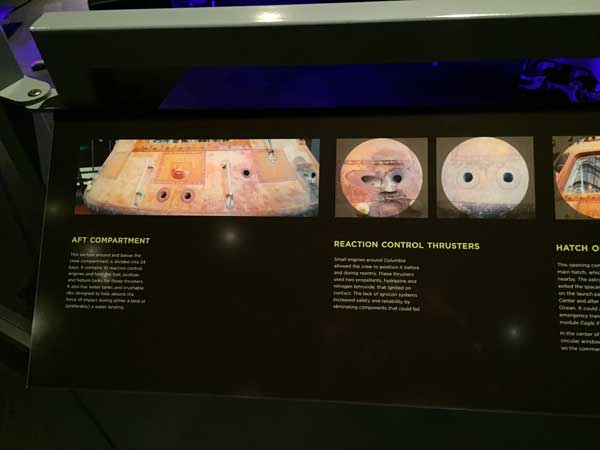
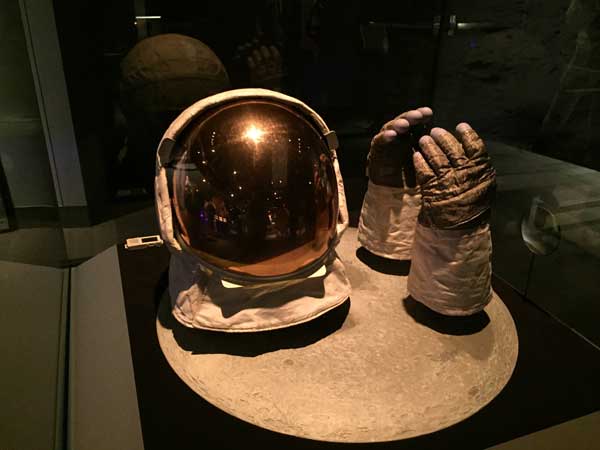
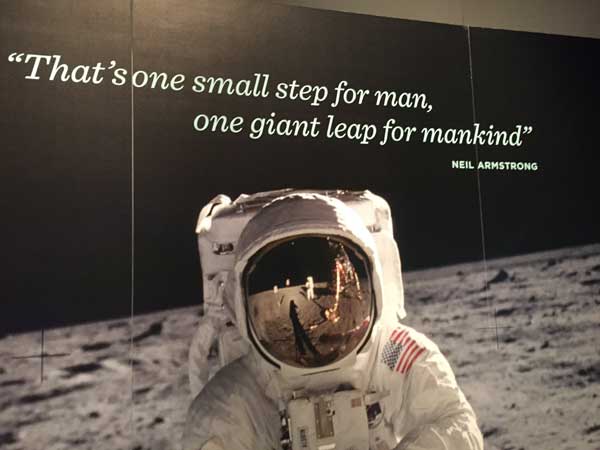
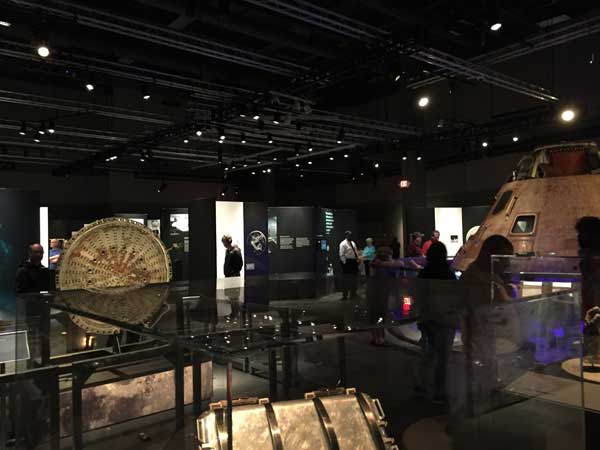
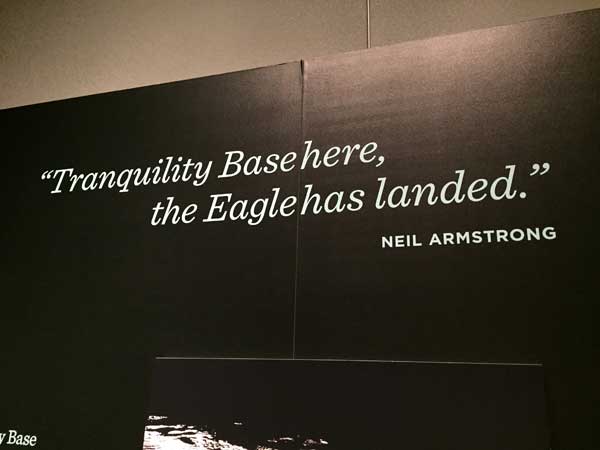
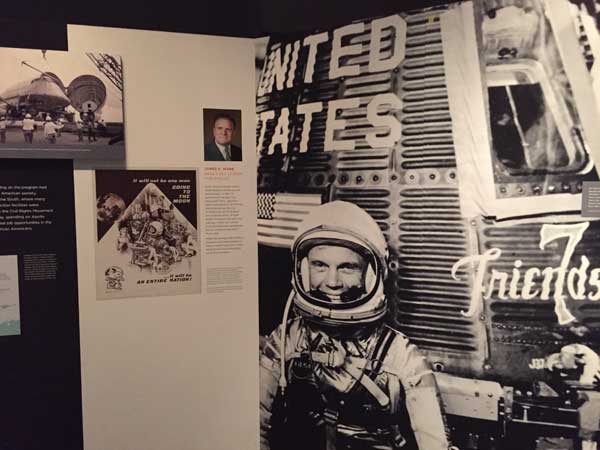
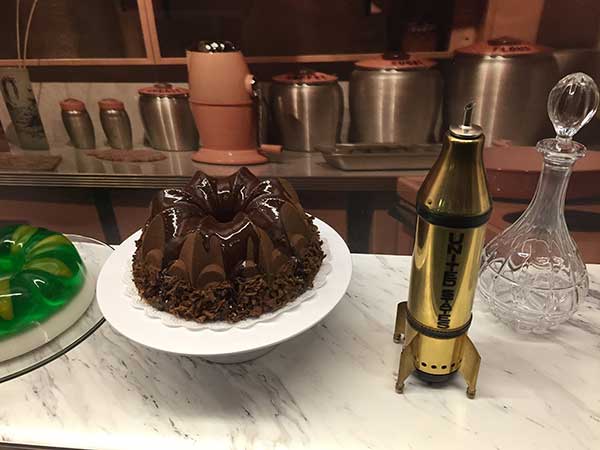
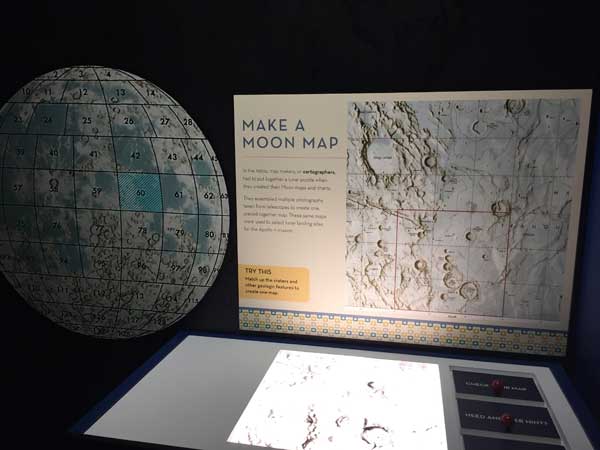

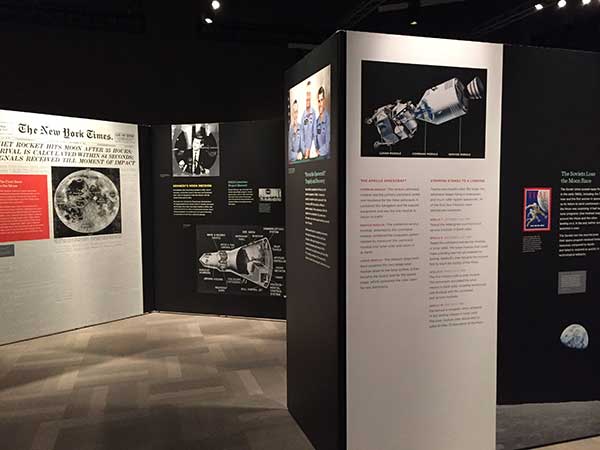
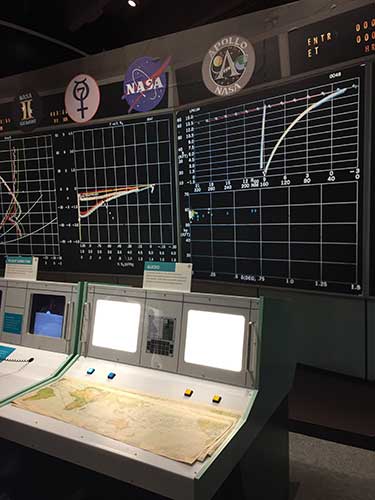



Leave a Reply